If you’ve ever thought about growing lettuce plants in containers, you may have wondered what kind of container is best for these plants. To pick the best garden pot for a lettuce plant, you need to understand the ideal growing conditions for lettuce and how a container can affect those conditions.
To save you some time, we’ve decided to use this article to give you a clear-cut answer as to what type of container is best for growing lettuce. After we provide you with that answer, we’ll follow up by sharing a few of the most important insights you can know when growing these plants.
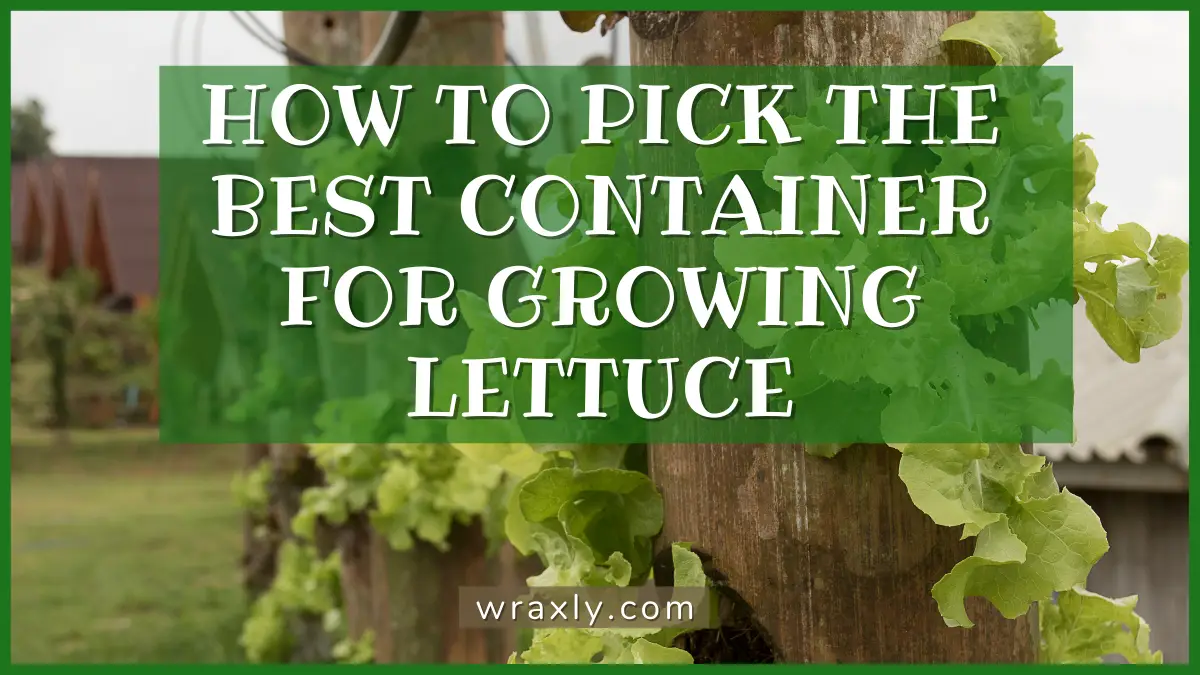
What Kind of Container is Best for Growing Lettuce?
The best kind of container for lettuce is one that provides plenty of horizontal growing space and allows for excellent soil drainage. Most lettuce plants have shallow root systems that spread to the sides rather than deep into the soil, which is why having ample container width is more important than providing a deep container.
Likewise, lettuce plants prefer soils that are moist with great drainage. However, for your soil to drain water effectively, the container it is within must be able to drain water effectively as well. Containers with large drainage holes or containers that consist of permeable materials will be most capable of facilitating proper drainage.
Tips for Gardeners Growing Lettuce in Containers
Knowing the best kind of container to use when growing lettuce is an excellent start. However, there is much more that you need to learn if you want to produce a successful lettuce harvest from a container garden. In the sections below, we’ll clue you in on a few of the most important insights to understand anytime you want to grow lettuce in a container.
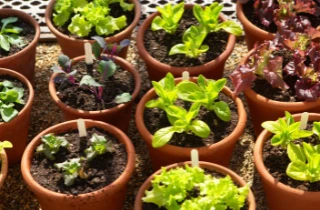
Easiest Lettuce to Grow in Containers
As you may know, there are many different types of lettuce plants in existence, and, as you would guess, some of these varieties are better suited to container gardening than others. Here are a few examples of some lettuce varieties that are known to perform well when grown in a garden pot:
- Black seeded lettuce
- Butterhead lettuce
- Crisp head lettuce
- Loose-leaf lettuce
- Oakleaf lettuce
- Romaine lettuce
You are likely to find additional lettuce varieties that can grow well in containers as well, but the ones in the list above are some of the easiest lettuces to grow in pots. As you’ll find, each of those lettuce varieties faces minimal issues when growing in a pot, and they also prove to be quite easy to plant and care for.
Best Soil for Lettuce in Containers
When you grow plants in containers, it is wise to take advantage of the fact that you’ll be able to set the ideal soil conditions for whatever plant you may choose to grow. Regarding lettuce plants, most will prefer living in relatively loose soil that holds moisture while allowing for excellent drainage. It’s also important that the soil contains plenty of organic nutrients and has mild acidity.

Sunlight Needs for Lettuce
Most of the popular lettuce plants that you are likely to grow in your garden are full sun plants that should receive about six to eight hours of direct sunlight per day. However, while full sun is the general preference for most lettuce plants, there are some varieties that will perform well in partial shade as well. Still, nearly all lettuce plants will need to receive at least four hours of sunlight per day.
How to Plant Lettuce in a Container
As is true for many plants, the ultimate success of your lettuce container garden depends on how well you plant your lettuce initially. In fact, poor planting can be one of the leading reasons why a lettuce crop fails. As such, it is crucial for you to learn how to plant your lettuce plants the right way.
Generally, there are two main ways that you can plant lettuce. Either you can start by sowing lettuce seeds, or you can grow lettuce transplants. The next sections will walk you through each method.
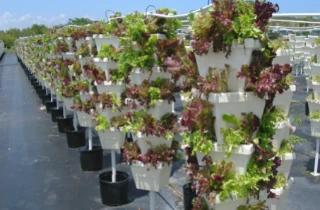
Growing Lettuce from Seed
Planting lettuce seeds is a relatively straightforward process, but it is one that is worth covering for those who are unfamiliar. Begin by selecting a suitable container and filling it with the kind of soil that lettuce plants love, as mentioned in previous sections of this article.
Once you have set up an advantageous growing environment for your lettuce, you are ready to sow your lettuce seeds. Begin by sprinkling a few seeds on the soil’s surface. The spacing you should provide between these seeds will vary based on the lettuce variety you have. While some lettuce seeds can be planted just four inches from one another, others will do better with a foot of space or more.
Once you have placed your seeds on the top of the soil, all you need to do is sprinkle more soil on top of the seeds. Add soil until the seeds are entirely covered. Remember that lettuce seeds should not be planted too deep. Often, just a quarter or half an inch of depth is perfect for lettuce seeds.

After you plant your seeds, be sure to water them gently to avoid displacing the seeds and to keep the soil consistently moist until germination occurs. With the right care, your seeds may begin sprouting above the soil after just a week or so.
Growing Lettuce from Transplants
You now know how easy it is to sow lettuce seeds in a container. Fortunately, planting lettuce transplants is just as simple of a process. The first consideration you should make when planting transplants in a pot relates to spacing.
Your goal should be to choose an appropriate number of transplants to grow based on the size of your container. As mentioned earlier, lettuce roots tend to spread horizontally more than they do vertically. Lettuce plants also take up space above the soil, which is another factor to consider when spacing transplants. Usually, lettuce transplants will have enough space if you provide about four to six inches of room in all directions.
Once you have the spacing down, you should remove your lettuce transplants from their containers and loosen their roots to encourage them to spread rather than tangle. Next, dig holes for your transplant, ensuring that each hole is about as deep as the transplant’s root mass and significantly wider than the root mass.
Finally, it’s time to place your transplants in their respective holes and backfill them with healthy soil. Water your transplants generously, and soon, they will adapt to their new growing environment and be well on their way to creating a lush lettuce harvest.
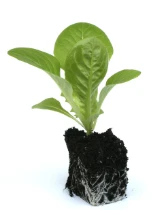
Watering and Fertilizing Your Lettuce
Since lettuce plants have shallow roots, you’ll need to provide them with light waterings on a frequent basis. Generally, any time that the first half-inch to inch of soil has become dry, you should give your lettuce plant more water. Often, this amounts to watering your lettuce about twice per week. However, you may find that your lettuce plants need even more water than that.
The best fertilizer for lettuce is one that has equal but low amounts of nitrogen, phosphorus, and potassium. Applying such a fertilizer about once every two weeks will encourage healthy growth and often leads to a better-tasting final product.
Growing Lettuce in Pots Indoors
Once you find out that lettuce can grow in containers, you may wonder if you can grow your lettuce in an indoor pot. The answer to that question is yes, but you need to understand how an indoor growing location may not suit the needs of a lettuce plant.
The main issue when growing a lettuce plant indoors is finding an area that receives enough sunlight. The best approach is to place your lettuce container near a south-facing window that receives light for most of the day. If you find your lettuce is still not receiving enough light, you can use grow lights as an alternative.
Lettuce Growing FAQs
By now, we’ve covered a good amount of information related to how to grow lettuce plants in containers. However, there is plenty more for you to know on the topic, which is why we’ve selected a few of the top questions people have about growing lettuce and provided answers to those questions below.
Lettuce plants have shallow roots, which is part of the reason why they are suitable for container gardening. In many cases, a lettuce plant’s roots may extend just a few inches down into the soil. In other cases, the depth of a lettuce plant’s root system may reach nearly two feet down, but that is rare.
When your lettuce plant is ready to harvest, it is usually best to start by removing the largest leaves that grow near the outer edge of the plant. These leaves should be a few inches tall before you remove them. Removing lettuce leaves is a very easy thing to do, as you can pick leaves by breaking them off with your fingers or by cutting them at their bases with shears.
The amount of time it takes for your newly planted lettuce plants to grow to a harvestable stage depends heavily on the type of lettuce that you grow. Some of the fastest-growing lettuce varieties, including loose-leaf lettuce, takes less than two months to develop. Other types of lettuce may take more than two months to produce a viable harvest.
Unfortunately, there are many threats that you should remain vigilant of when growing a lettuce plant. These threats can come from insect infestations and disease. In the former case, aphids, beetles, earworms, and grasshoppers can all attack your lettuce plant. Diseases can be a prevalent issue as well, with rot and mildew accumulations being some of the most common.
Final Thoughts on the Best Container for Growing Lettuce
Growing lettuce in a container may not be the most challenging gardening task, but there is plenty of information to consider before you start. Among the most important of those considerations is choosing what kind of container will be best for your lettuce plant. Remember that lettuce roots need room to spread in soil that drains well and that your container should not interfere with that. After achieving that goal, you can refer to the information in the article above to give you a clear idea of what goes into caring for a lettuce plant.

John Haryasz is a freelance writer and landscape designer. In the field of landscape architecture, he has contributed to many successful design projects throughout the country. As a writer, John specializes in creating captivating and informative web content. Through that work, he aims to share his design knowledge and promote engagement with the outdoor world.
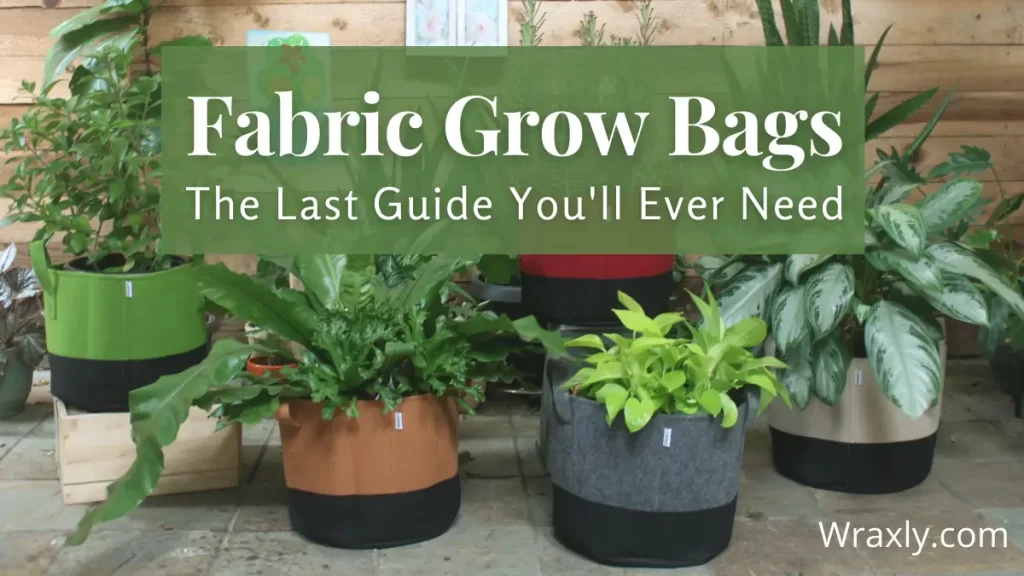
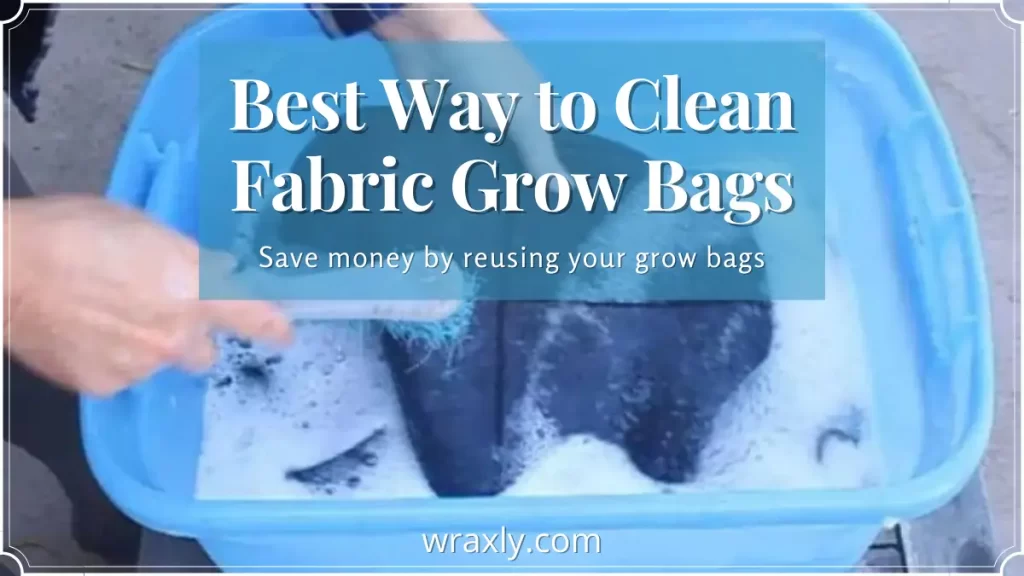
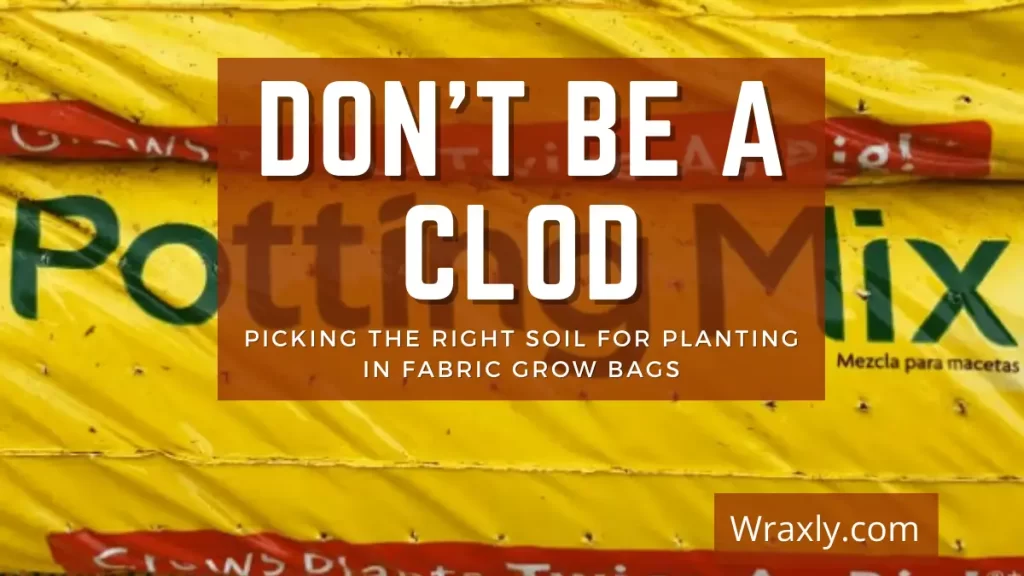
![Container gardening for beginners [Buying guide]](https://wraxly.com/wp-content/uploads/2021/02/Container-gardening-for-beginners-Buying-guide-1200-1024x576.webp)